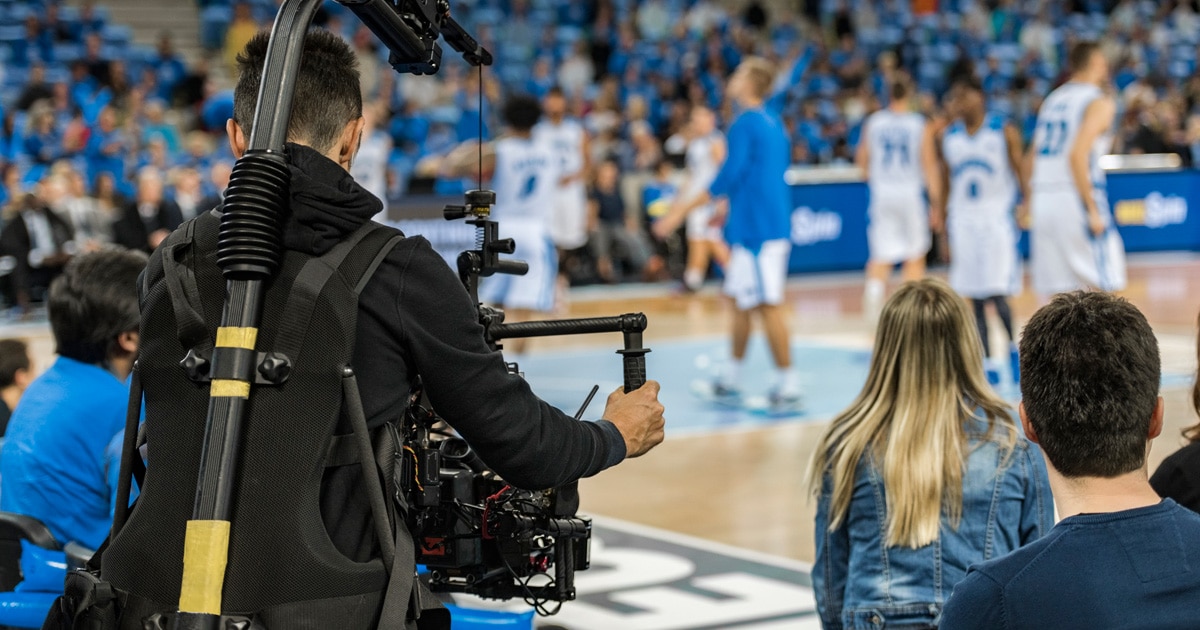The expansion of sports as a platform to engage vast and, therefore, valuable audiences in real time has not been…
Sports Hedges its Future

Sports technology has brought so much change to the games we love. The reality is that time changes everything and sports is no exception. As our world gets smaller and our ability to watch whatever we want, whenever we want, wherever we want continues to improve … our beloved pastimes will be impacted.
Sometimes in a good way, sometimes in a bad way.
What may just be the savior of live sports for a new generation of highly distracted viewers is technology. Namely platforms that allow fans to do more than just consume content as it is served. OTT platforms are fueling growth of fans that want to participate in a sporting event as opposed to just viewing it.
On a related note, fantasy sports are projected to grow 11% annually and be a $1.5 billion-dollar business by 2024.
Football accounts for about 50% of the fantasy sports market followed by soccer, basketball, and baseball (note: these are global stats). Men are dominant from a participation standpoint, but studies show a marked increase in women getting involved over the last few years. Growth is largest in Asia and North America.
The major players are all over it. Yahoo, CBS, ESPN, DraftKings and FanDuel are spending a great deal of money to feed the trend. There are quite a few smaller platforms as well that have specialty positions either by process, sport, or region. Google has gotten into the game by changing its advertising policies in order to allow ads (and money) to flow on their networks. The money is there for everyone to do well today but look for consolidation in the future as more money comes into play and regulation becomes more established.
Mobile devices are well positioned to deliver the content and interaction fantasy players need. Watching a game on your phone or pulling important stats, trades or updates make your phone even more valuable.
The prospect for sports marketers is extraordinary. Tapping into the engagement that is fantasy sports is a huge opportunity for sponsors. The digital platforms that support fantasy sports lend themselves to building highly refined audiences on many levels. The ability to concede fees or remove barriers to entry in exchange for valuable consumer information has nothing but upside (remember, if you aren’t paying for something … you are the product).
Couple that with the challenges that traditional media has in reaching an impressionable 18-34 year old male demo and you have a win for sports marketers.
So, the irony is palpable. Sports technology is leaving empty seats in stadiums but also increasing engagement on platforms that are rich in upside. It poses both opportunities and challenges for leagues, teams, and players. As with everything in sports, the outcome remains to be seen. I for one will enjoy my view from the sidelines.



